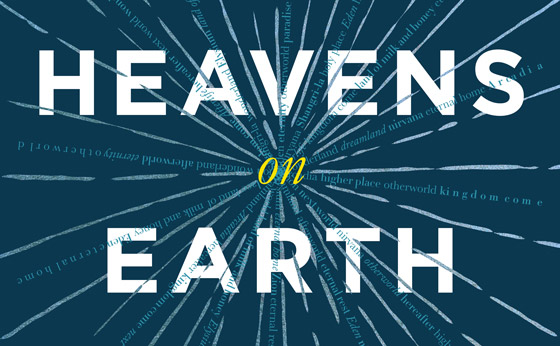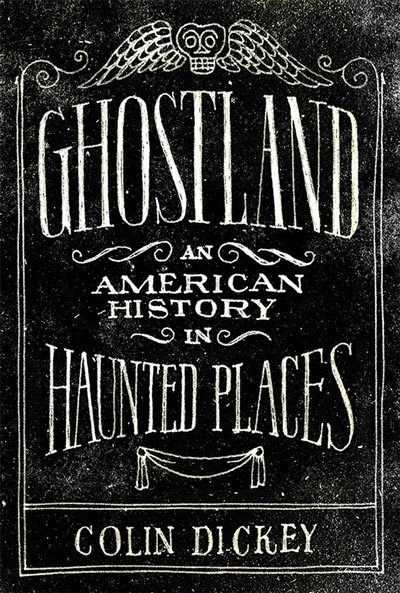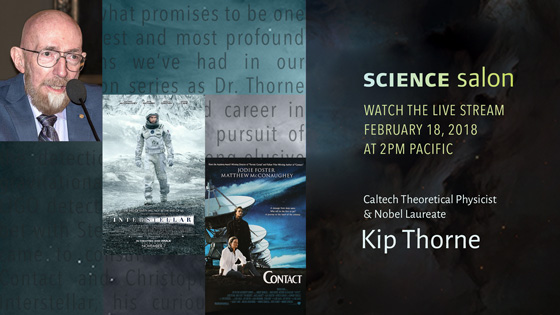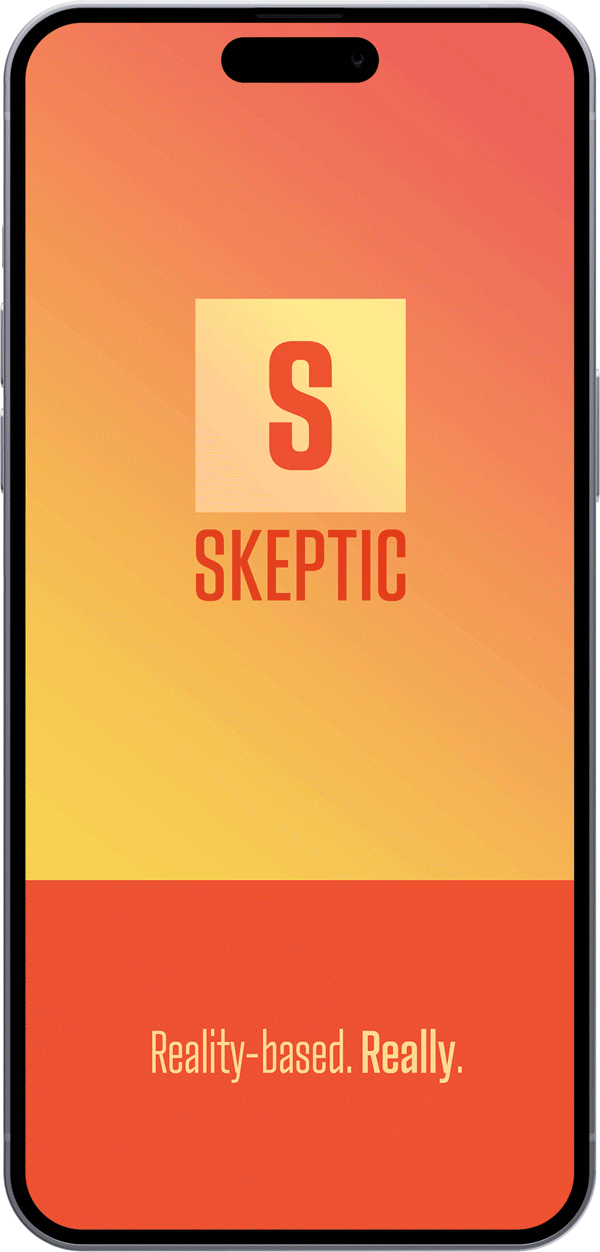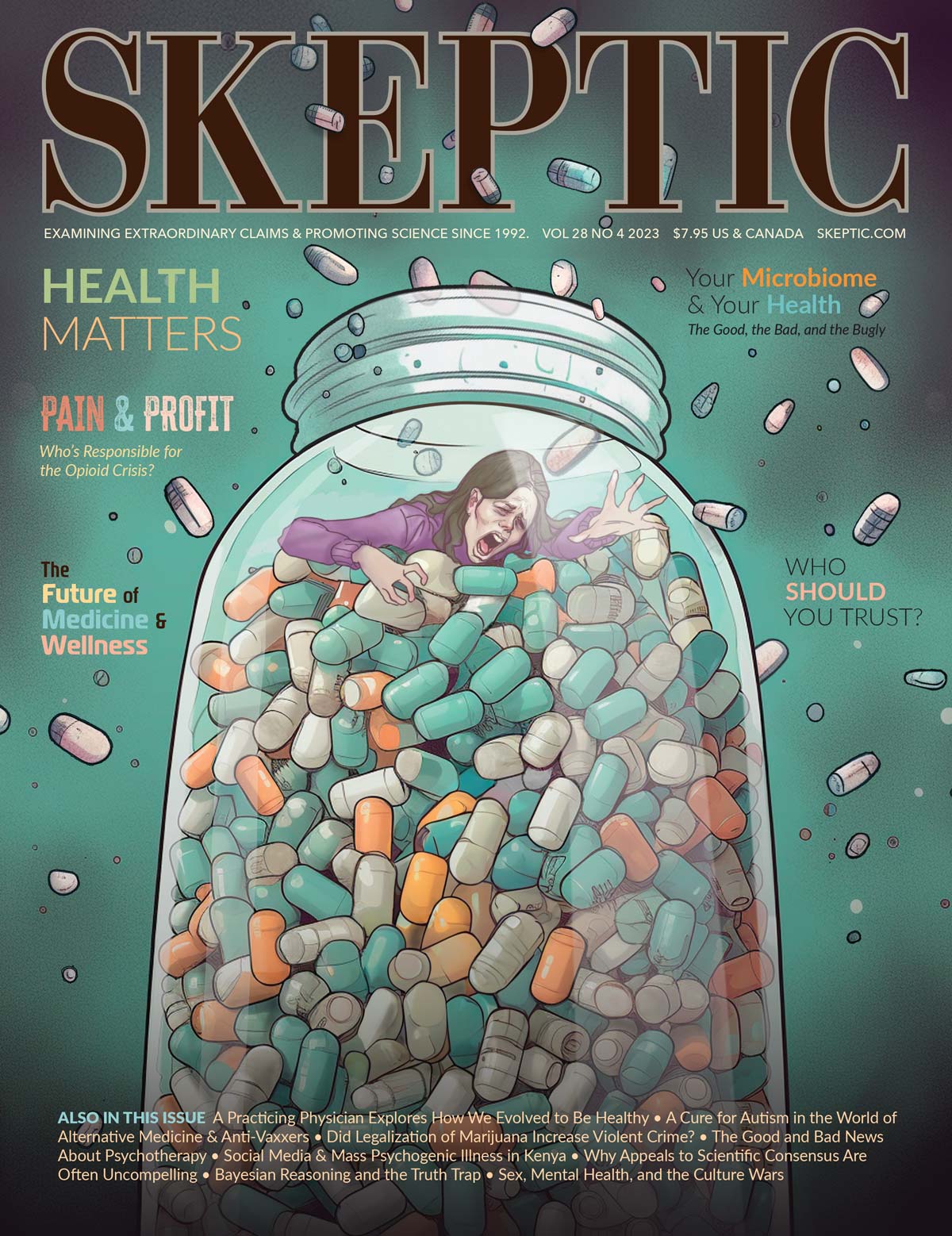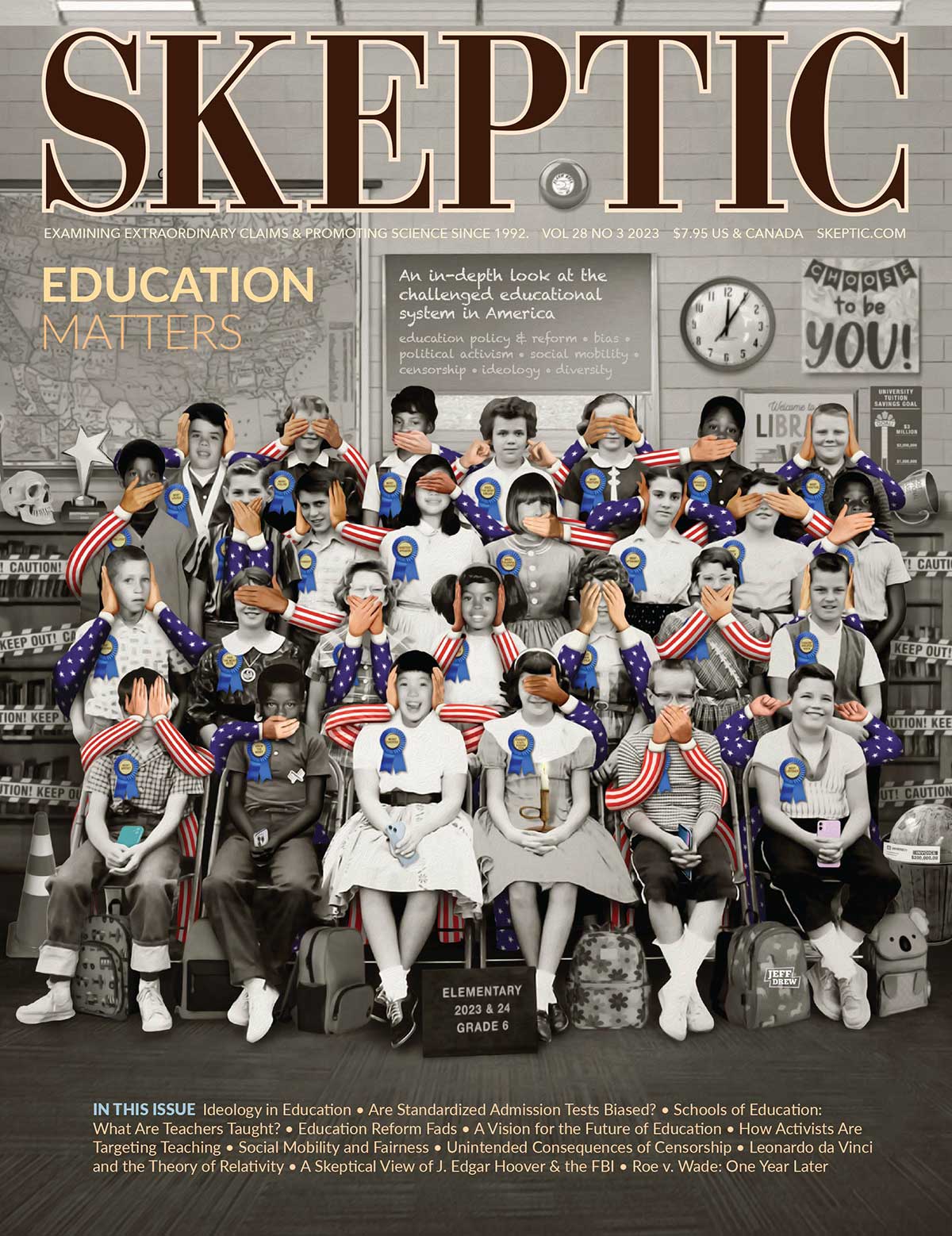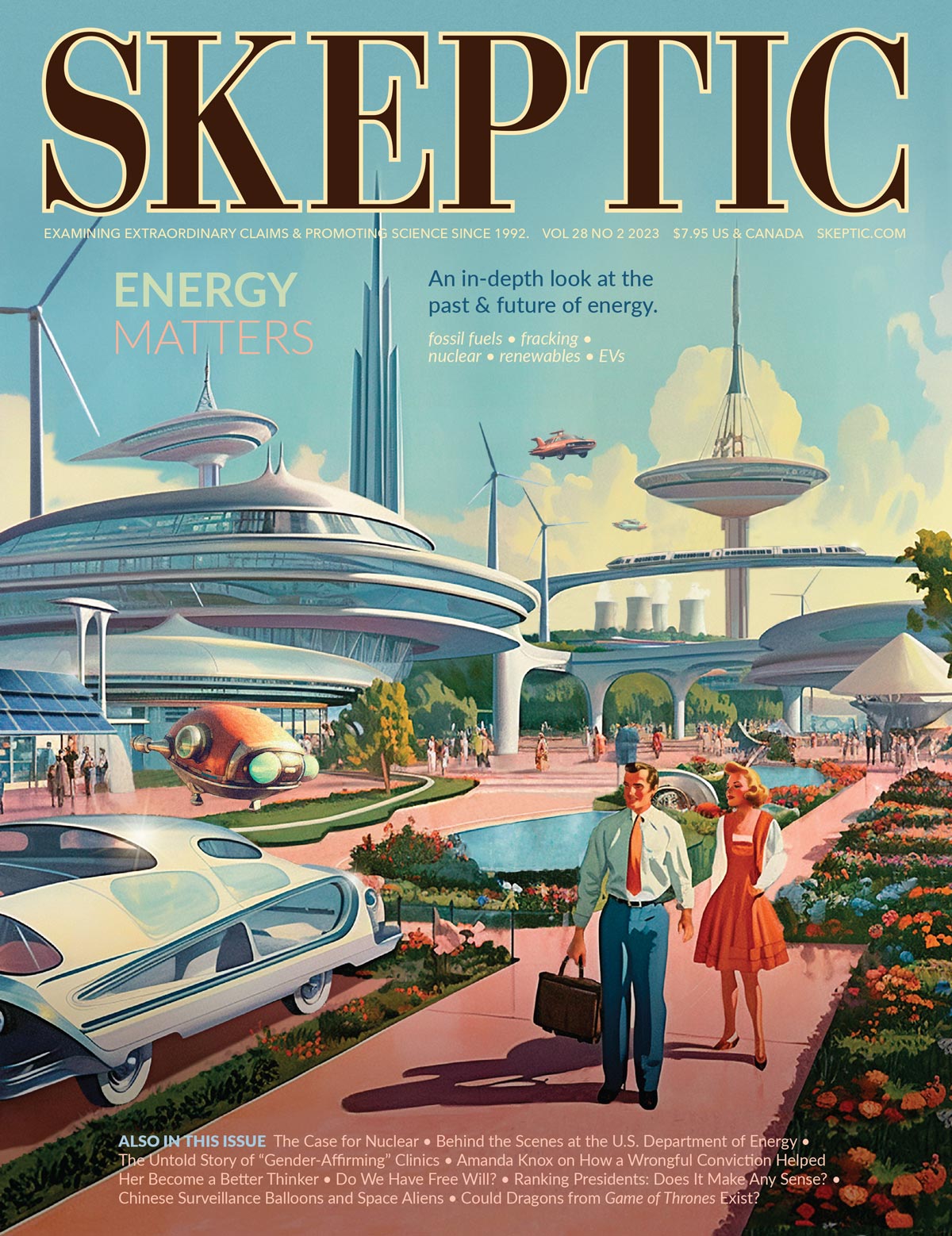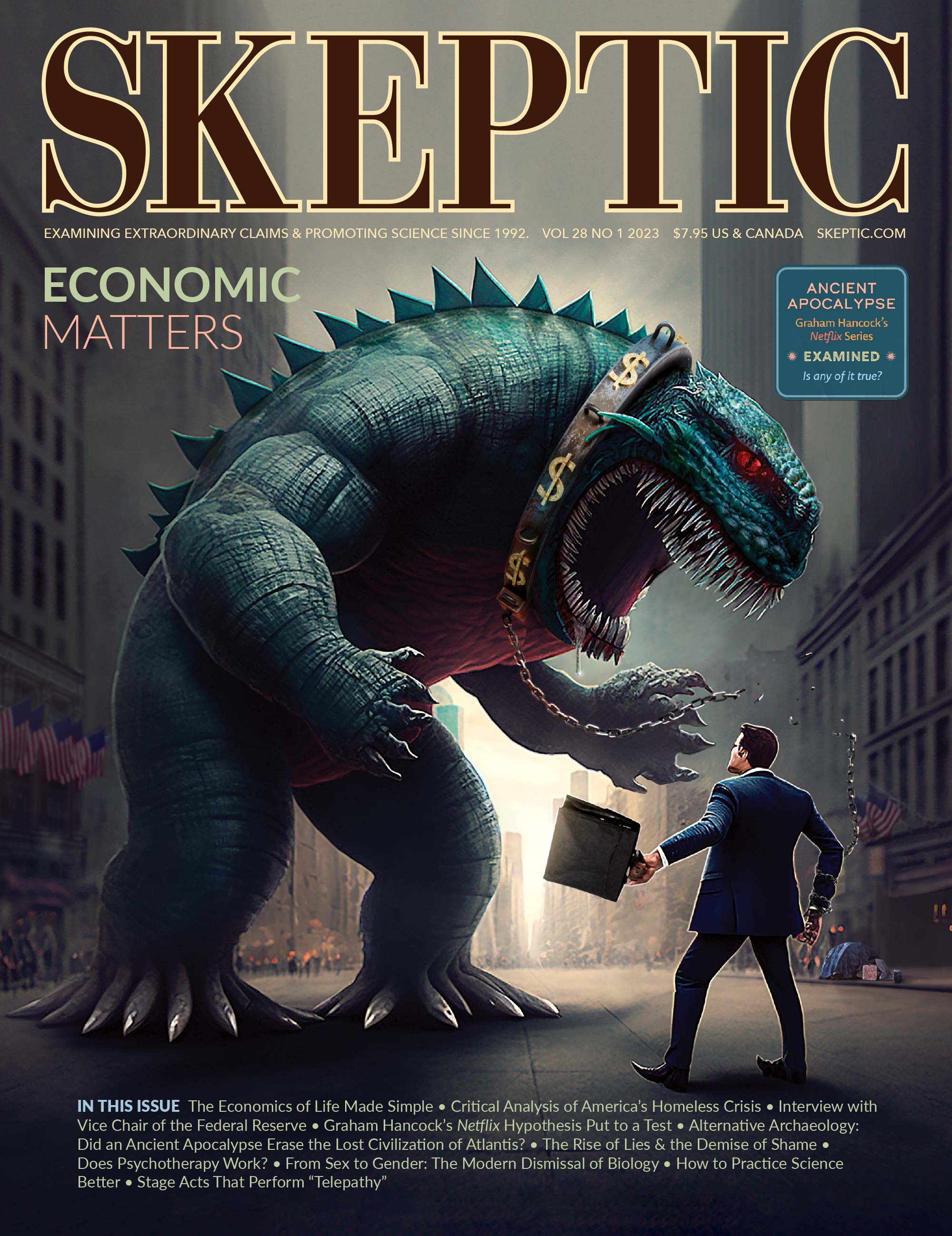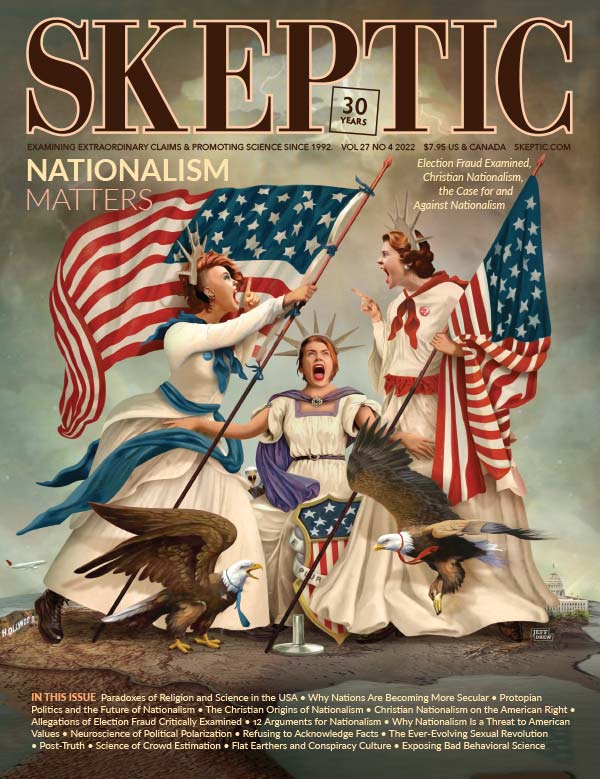In this week’s eSkeptic:
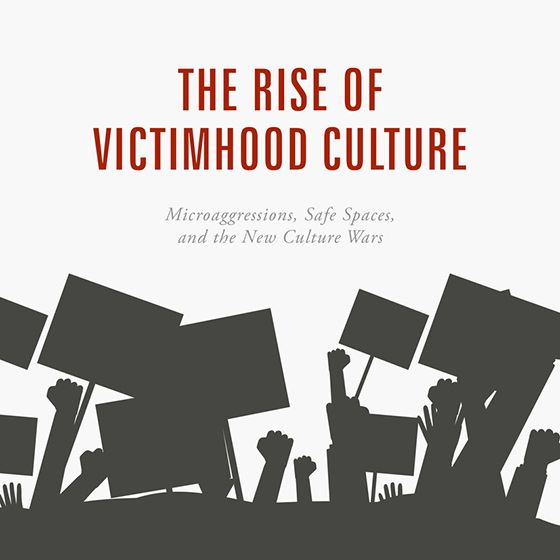
In this week’s eSkeptic, Kevin McCaffree reviews the forthcoming book The Rise of Victimhood Culture: Microaggressions, Safe Spaces, and the New Culture Wars (March 21, 2018) in which sociologists Bradley Campbell and Jason Manning have produced the first systematic theoretical analysis of the moral culture of “victimhood” emerging on university campuses.
Honor, Dignity, Victim
A Tale of Three Moral Cultures
Sociologists Bradley Campbell and Jason Manning have produced the first systematic theoretical analysis of the moral culture of “victimhood” emerging on university campuses. Central to their interesting and thought-provoking investigation is the claim that moral cultures tend to take one of three forms: honor cultures, dignity cultures and victim cultures.
Honor cultures emerge when a centralized state authority is not present or not legitimate and when people are extremely materially vulnerable. Under these conditions, people will take offense very easily, grow quickly fearful, and engage in higher rates of defensive, pre-emptive aggression as well as vigilante justice in order to settle their disputes. In the worst-case scenario, this pre-emptive aggression can develop into bloody feuds enveloping whole families, gangs or lineages. Physical bravery, deferential respect to the powerful and an unwillingness to appear weak and vulnerable consequently become paramount values.
Citing Steven Pinker, Donald Black, and others,1 Campbell and Manning then suggest that slowly over the last 500 years, state authority (police, courts and jails) has come to supplant vigilante justice as a powerful and reasonably fair system of adjudicating disputes regardless of their severity. Societies over the last 500 years have not only become more reliant on state authority to resolve disputes, but also materially wealthier due to machine technology and market economies, relatively more equitable in terms of the distribution of resources, power and prestige, as well as more diverse due to the formal legal rights and benefits extended to women and minorities.
In a dignity culture, people in this more modern form of society may resort to legal authority when disputes and wrongdoings are sufficiently severe, but otherwise they will make efforts to privately resolve disputes in a non-violent manner. In such a society, all citizens are assumed to have a sense of dignity and self-restraint, and everyone is expected to, at least at first, give the benefit of the doubt to a disputant to see if a conflict can be resolved peacefully. However, Campbell and Manning contend that when state authority begins to exert monopolizing control over a population of increasingly diverse, legally “equal” people, a victim culture may emerge.
Victim cultures share in common with honor cultures the sensitivity to slights or insults, but whereas those in an honor culture might try to retaliate (physically or otherwise), people in a victim culture will instead appeal to a powerful, omnipresent state/legal authority. Classic examples are Mao’s China and Stalin’s Russia. In contrast to honor cultures that expect victims to be strong and stern enough to defend themselves, and dignity cultures that expect victims to be calm and charitable when in a dispute or disagreement, victim cultures emphasize how complainants are emotionally or physically fragile, vulnerable, and weak. In order to have high status in a victim culture, one must perfect and dramatize a personal “narrative of suffering.”2 Confidently espousing one’s own weakness, frailty, and suffering might seem, perhaps, dishonorable or shameful from an honor culture perspective, or gratuitous and self-absorbed from a dignity culture perspective. […]
EXCERPT FROM HEAVENS ON EARTH
Near-death experiences: inside the scientific search for the afterlife
In 1984, a migrant worker named Maria was being treated in hospital in Seattle for a heart attack when she suffered another cardiac arrest. After being resuscitated she reported that she had floated out of her body up to the ceiling, from where she could observe medical personnel working on her. Most remarkably, she says, she then journeyed outside the hospital room, where she saw a tennis shoe on the ledge of a third-floor window.
Her social worker, Kimberly Clark, says she went up to the third floor and found a shoe on a window ledge: “The only way she could have had such a perspective was if she had been floating right outside and at very close range to the tennis shoe. I retrieved the shoe and brought it back to Maria.”
Clark said that, to her, this was “very concrete evidence” of near-death experiences. These phenomena are typically characterised by:
- An out-of-body experience with the feeling of floating above one’s body and looking down
- Separation from the body
- Entering darkness through a tunnel or hallway
- Seeing a bright light at the end of the tunnel that serves as a passageway to the “other side”
Proof of the afterlife?
A Gallup poll in 1982 reported that 5 per cent of adult Americans have experienced a near-death experience (NDE). And a slew of bestselling books in recent years lays out what those who have NDEs believe they are proof of, and where they went during their trip–notably Proof of Heaven: A Neurosurgeon’s Journey into the Afterlife by Eben Alexander.
Do NDEs represent proof of an afterlife? We have only the word of Maria and her social worker that her incident happened at all. The journalist Gideon Lichfield noted when he tried to chase down the story for an article in The Atlantic that it was “thin on the evidential side”.
Near-death experiences on the operating table can be hugely powerful. But are they really a foretaste of the hereafter – or just a neurological blip?
Any explanation for the NDE must begin with the fact that the people who experience them are not actually dead. They are approaching their potential end, however–a state in which the brain may undergo stress, be deprived of oxygen, release neurochemicals that can mimic the hallucinatory trips of drug users, or experience any one of the dozens of neurological anomalies, abnormalities or disorders that have been documented by neurologists and neuroscientists.
In their accounts, experiences will often emphasise that they were “clinically dead” in order to convince people their experience was miraculous or supernatural. However, Mark Crislip, an emergency doctor in the US, reviewed the original brain scan readings of a number of patients claimed by scientists as being flatlined or dead and discovered that they weren’t dead at all. “What they showed was slowing, attenuation, and other changes, but only a minority of patients had a flat line and it took longer than 10 seconds.”
Altered states
Many of NDE accounts are indistinguishable from those of people who have had drug-induced hallucinatory trips. Take Eben Alexander’s story of his “trip” to the afterlife during a meningitis-induced coma. There he met a beautiful young woman and together they travelled on the wing of a butterfly: “In fact, millions of butterflies were all around us… It was a river of life and colour.” Alexander was overwhelmed with a feeling of love, not friendship or romantic but “somehow beyond all these, beyond all the different compartments of love we have down here on Earth.
“It was something higher, holding all those other kinds of love within itself while at the same time being much bigger than all of them.”
Compare Eben Alexander’s trip with the “trip” taken by the neuroscientist Sam Harris after he and a friend ingested a dose of the drug MDMA, which he details in his book, Waking Up. Harris reports that he was overwhelmed with love for his friend. More than this, Harris says, “came the insight that irrevocably transformed my sense of how good human life could be… I suddenly realised that if a stranger had walked through the door, he or she would have been fully included in this love”.
Psychedelic drugs can have similar emotional effects. A single dose of LSD given to cancer patients by the psychiatrist Stephen Ross, for example, not only reduced their depression and anxiety, but the effects were so dramatic that, Ross said, “they were saying things like ‘I understand love is the most powerful force on the planet’. The fact that a drug given once can have such an effect for so long is an unprecedented finding”. […]
This is an edited extract from Heavens on Earth: The Scientific Search for the Afterlife, Immortality and Utopia, by Michael Shermer. It appeared on inews.co.uk on February 13, 2018.
Get an Autographed 1st Edition from Shop Skeptic
MONSTERTALK EPISODE 149
Winchester’s Cathedral
The Winchester Mystery House is a sprawling Victorian mansion in San Jose, California. It is a famous piece of American architectural history, yet nearly every story commonly told about its mysterious history is likely untrue. In this episode of MonsterTalk, we are joined by Colin Dickey, author of the fantastic book Ghostland to discuss the case of the Winchester house and some of the other fascinating places he covers in his fascinating work.
Get the MonsterTalk Podcast App and enjoy the science show about monsters on your handheld devices! Available for iOS, Android, and Windows. Subscribe to MonsterTalk for free on iTunes.


